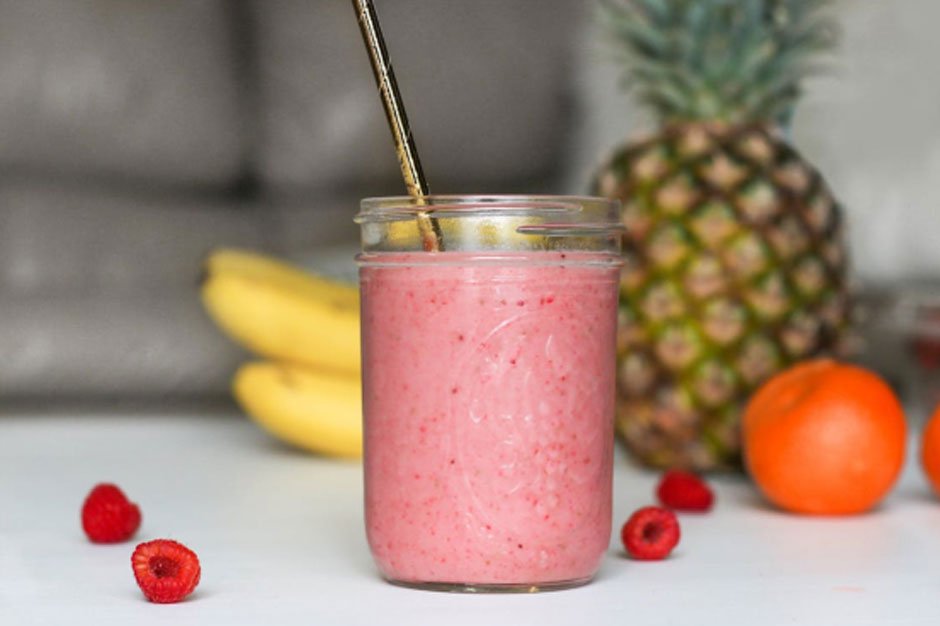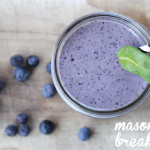Staying healthy can feel overwhelming when life gets busy. That’s why many people are adding more plant-based options to their routine, starting with something simple like a daily shake. An organic protein powder can be a convenient, tasty way to support your wellness goals. But it should be just one part of a well-rounded eating plan that fuels your body with whole, nutrient-dense foods.
In this guide, you’ll learn how to naturally include protein in your diet through meals and snacks, how to choose the best liquids for mixing your shakes, and how to build habits that actually stick.
Why Do We Need Protein?
Most of us know that protein is important, but not everyone understands exactly why. Protein is made up of amino acids, the building blocks that repair muscles, grow new cells, and keep your immune system working properly. Whether you’re active at the gym or just trying to stay energized for work and family life, protein helps you feel full longer, fuels your brain, and supports healthy weight management.
Traditionally, people have relied on animal products for protein. But a growing number are choosing plant-based sources instead, and for good reason. Plant-based proteins can be just as effective at supporting muscle recovery and strength while also delivering extra fiber, vitamins, and antioxidants that animal proteins lack.
Benefits of Plant-Based Protein
Adding more plant-based protein to your diet can benefit your body and the environment. From supporting long-term health to boosting daily energy, plant proteins are a smart addition to any healthy diet. Here’s why they’re worth considering:
- Heart Health: Many plant foods contain no cholesterol and are lower in saturated fats, helping support a healthy heart.
- Better Digestion: Foods like legumes, nuts and seeds, and whole grains are high in fiber, which supports gut health and regular digestion.
- Sustainable Choice: Plant-based eating uses fewer natural resources and creates less environmental impact than traditional animal farming.
- Balanced Energy: Swapping meat for clean, plant-based meals often leaves people feeling lighter and more energized.
And yes, plant proteins can absolutely help you meet your protein needs and support your fitness goals. Many plant-based ingredients are rich in protein and essential nutrients, and when combined wisely, they provide complete protein to support strength and recovery.
Everyday Plant-Based Protein Foods
You don’t need to be vegan to enjoy the benefits of plant proteins. Start by adding more protein-rich foods to your regular meals with these simple swaps:
- Beans and Lentils: Affordable and versatile, these legumes are excellent in soups, salads, tacos, and grain bowls. Try black beans for a fiber-packed protein boost.
- Chickpeas: Roast them for a crunchy snack or blend them into hummus for a creamy dip full of flavor and macronutrient balance.
- Nuts and Nut Butters: A handful of almonds or a spoonful of peanut butter adds satisfying protein and is packed with healthy fats to support energy.
- Seeds: Chia, flax, hemp, and sunflower seeds offer protein, fiber, and essential omega-3s. Sprinkle them on smoothies, toast, or oatmeal.
- Tofu and Tempeh: These soy-based products are easy to season and cook, and they provide adequate amounts of protein to support your daily needs.
- Whole Grains: Choose high-protein grains like quinoa, barley, and amaranth. These add texture, carbohydrate fuel, and protein to any dish.
- Pea Protein: Found in many shakes and bars, pea protein is easy to digest and a great plant-based alternative to whey.
- Avocado: While not high in protein, this creamy fruit complements meals packed with healthy fats and helps keep you satisfied.
With a little creativity, adding plant-based protein sources to your everyday routine can be simple and enjoyable, while ensuring you’re getting enough to stay strong and energized.
Building a Balanced Plate
Adding more protein is just one piece of healthy eating. Pair your protein with whole, colorful veggies, healthy fats, and quality carbs for meals that satisfy and energize you. For example:
- Add lentils to vegetable soup to make it heartier.
- Top your salad with roasted chickpeas and quinoa for crunch and staying power.
- Make overnight oats with almond butter, chia seeds, and berries for a breakfast packed with fiber and protein.
The Power of a Good Protein Shake
Sometimes, life becomes too hectic to meticulously plan meals. That’s where a quality shake comes in. A daily shake can help you fill protein gaps, curb cravings, and recover faster after workouts.
One thing many people don’t realize is that how you mix your shake matters just as much as what powder you choose. Using the optimal liquids for protein shakes can entirely change the taste, texture, and nutritional punch of your drink.
Best Liquids for a Delicious Shake
Everyone’s taste is different, so experiment to find your favorite. Here are a few ideas to get you started:
- Plant-Based Milk:Almond, oat, or soy milk can make your shake creamy and mild.
- Coconut Water:Adds a light, tropical twist plus natural electrolytes, which are great for post-workout recovery.
- Cashew Milk:Ultra-creamy and naturally sweet, cashew milk can make your shake feel like dessert.
- Dairy-Free Yogurt:Perfect for a thicker shake that feels like a smoothie bowl.
- Coffee or Cold Brew:For a breakfast shake with a caffeine kick, try blending your protein with chilled coffee.
- Plain Water:If you’re watching calories or want a lighter drink, simple water does the trick too.
Blend your shake with a handful of ice, fresh fruit, or a spoonful of nut butter for extra flavor and nutrition.
Smart Ways to Stay on Track
Even the best protein shake won’t help much if you forget to use it or get bored of the routine. Here are some simple habits that make a healthy routine easier to stick to:
- Prep in Advance:Keep your favorite powders, liquids, and add-ins handy so you can blend and go in under five minutes.
- Try New Flavors:Mix in cocoa, cinnamon, matcha, or fresh herbs like mint to keep things interesting.
- Batch Prep Snacks:Keep protein-packed snacks like trail mix, roasted chickpeas, or protein balls ready to grab when cravings strike.
- Share with Family:Get kids or partners involved by making fun shake recipes or protein-packed muffins.
- Keep It Visual:Use a meal planner or fridge notes to remind yourself to balance protein with fruits, veggies, and whole grains.
Balance Beyond the Kitchen
Healthy living is about more than what’s on your plate. Small lifestyle changes help you get the most out of your meals and stay motivated:
- Stay Active:Movement helps your body use the protein you eat. Aim for activities you enjoy, whether it’s a morning walk, a yoga session, or dancing around your living room.
- Sleep Well:Without good sleep, your body can’t recover or build muscle properly. Try to stick to a regular bedtime and limit screens at night.
- Manage Stress:Stress can throw off your appetite, sleep, and digestion. Take time to unwind with activities like reading, meditation, or a warm bath.
- Stay Hydrated:Many people forget how important water is. Hydration supports digestion and helps your body absorb nutrients from all that healthy food.
Small Steps, Big Results
There’s no need to follow a perfect plan or change everything overnight. Instead, focus on small, realistic steps that fit your life.
- Add one plant-based meal each day.
- Replace one snack with a protein-rich option.
- Experiment with a new shake flavor each week.
- Try different liquids to find your perfect blend.
Over time, these small shifts can help you feel more energized, support your fitness goals, and keep your body nourished without stress.
Conclusion
Healthy living shouldn’t feel complicated or expensive. Whether you’re mixing up an easy protein shake, tossing extra seeds on your salad, or learning which liquids taste best, every step counts. Focus on what feels good for your body and fits into your real, everyday life. With the right habits and a little creativity, adding plant-based protein to your daily routine can be simple, satisfying, and delicious.






Leave a Reply